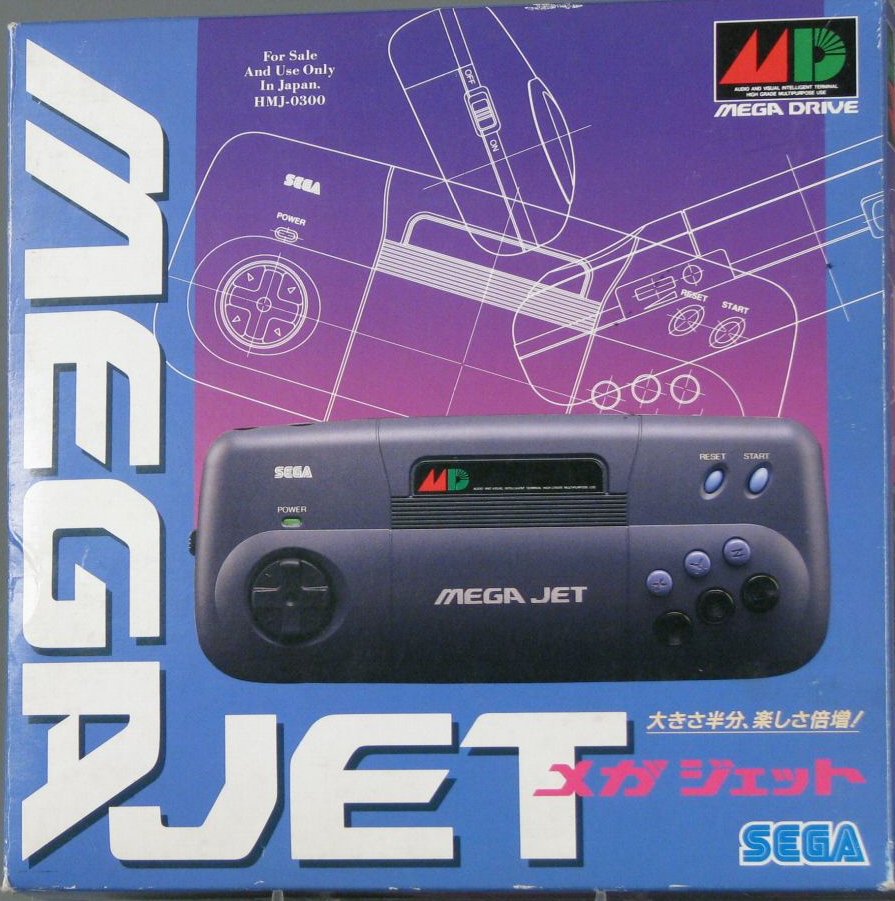Time for another pulp countdown now, as I list my top 10 (best) forgotten games consoles!
#ThanksToVideoGames...
#ThanksToVideoGames...

At no 10: the 1995 Sega Saturn! Rushed into production to beat the Sony PlayStation it launched with only six games available. A massive advertising campaign couldn't rescue it's reputation... 

At no 9: the 1982 Vectex! Who needs sprites when you've got vector graphics! Plus you could add a coloured sheet to the weird shoebox monitor to give you 'colour' graphics. A brave attempt... 

At no 8: the 1995 Nintendo Virtual Boy! What do you get if you cross a ViewMaster with a Game and Watch and put it on a tripod? The answer was a commercial flop. Another brave attempt at something new, at a time when VR was all the rage... 

At no 6: the 1994 Sega Mega Jet! A portable version of the Mega Drive this was used on Japanese airlines as in-flight entertainment. Many privately owned ones are apparently from a shipment hijacked by Indonesian sea-pirates that later turned up on eBay... 

At no 5: the 1977 Coleco Telstar Arcade! Probably the world's only triangular console it let you drive, shoot and play tennis - but not at the same time alas... 

At no 4: the 1994 Atari Jaguar! "The world's first 64 bit console" was actually two 32 bit systems crammed into the same box. That's not cheating, is it? Buggy hardware and a lack of games led to its demise and Atari's exit from the console market... 

At no 3: the 2004 Nokia N-Gage! Was it a phone? Was it a console? Was it a digital belt buckle? Nobody knew. What we did know was what killed it: the iPhone... 

At no 2: the Apple Bandai Pippin! Apple made a console? With Bandai?? With a croissant for a controller??? Quietly buried by Steve Jobs in 1997 next to the Apple Newton. Send no flowers... 

And the no 1 best forgotten games console is... the 1984 Yeno Super Lady Cassette Vision - a pink console for the lady gamer!
If it's any consolation the boy's version was equally as crap...
If it's any consolation the boy's version was equally as crap...

• • •
Missing some Tweet in this thread? You can try to
force a refresh

























